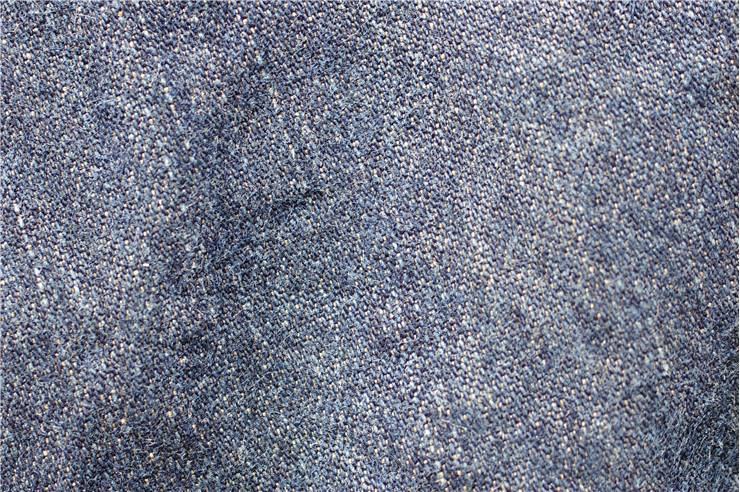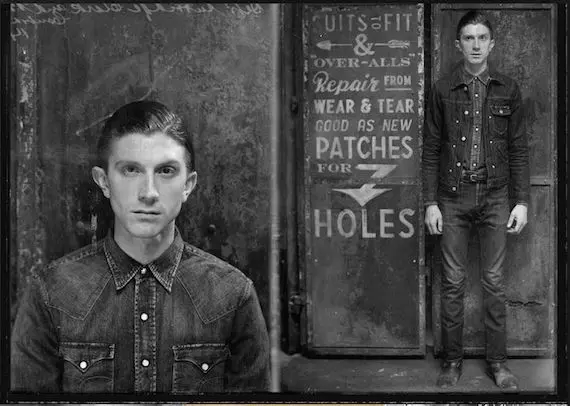Jeans are a global fashion phenomenon, but have you ever wondered about their humble beginnings? Long before denim became a wardrobe essential, dungaree fabric laid the foundation for durable workwear. Originating in India, this rugged textile has a rich history that spans centuries and continents.
In this blog, let’s explore the origins of dungaree fabric, its evolution, and how it became a fashion favourite.
What is Dungaree Fabric?

Photo: www.historyofjeans.com , Cover photo: www.blue17.co.uk/vintage-blog/vintage-workwear/
Dungaree is a sturdy, coarse cotton fabric, traditionally woven in a twill or plain weave. Initially, it was used for heavy-duty workwear due to its durability. The name "dungaree" comes from Dongri, a village near Mumbai (formerly Bombay), where the fabric was first produced and exported by Portuguese traders in the 17th century.
Unlike denim, which is usually dyed with indigo on the warp threads, dungaree was often made with colored yarns (like blue or brown) woven into the fabric itself, giving it a distinct, uniform appearance.
The Indian Origins of Dungaree
Dungaree fabric has deep roots in Indian textile history:
- 17th Century: Portuguese merchants in India discovered the thick cotton fabric used by local laborers and sailors. They began exporting it to Europe, where it gained popularity as workwear.
- British Colonial Influence: The British East India Company further commercialized dungaree, using it for military uniforms and work clothes due to its durability.
- From India to the West: The fabric made its way to England and later America, where it was adapted into overalls and sturdy trousers for laborers, miners, and railroad workers.
Dungaree vs. Denim: What’s the Difference?
While dungaree and denim are often confused, they have key differences:
| Feature | Dungaree Fabric | Denim Fabric |
|---|---|---|
| Weave | Plain or twill weave, often with colored yarns woven in | Twill weave, indigo-dyed warp with white weft |
| Texture | Thicker, stiffer, more rugged | Softer, more flexible |
| Usage | Originally workwear (overalls, aprons) | Evolved into jeans and casual wear |
Dungaree was the precursor to denim—the original tough fabric before blue jeans took over.
Dungaree in Fashion: From Workwear to Wardrobe Essential

Photo: www.blue17.co.uk
While dungaree began as utilitarian clothing, it gradually entered mainstream fashion:
- Early 20th Century: Dungaree overalls became popular among American factory workers and farmers.
- Mid-1900s: Hollywood stars like James Dean and Marlon Brando popularized rugged workwear, making dungaree-style clothing iconic.
- Modern Fashion: Today, dungaree-inspired overalls, jumpsuits, and jackets are trendy, blending vintage charm with contemporary style.
Why Dungaree Fabric Still Matters
- Durability: Still favored for heavy-duty workwear and outdoor clothing.
- Sustainable Choice: Made from natural cotton, it’s an eco-friendly alternative to synthetic fabrics.
- Retro Appeal: Vintage dungaree styles are making a comeback in streetwear and high fashion.
Final Thoughts
Dungaree fabric is more than just a tough textile—it’s a piece of global history, with roots in India and a legacy that shaped modern workwear and fashion. While the textile’s demand has faded off, dungaree-style clothing remains timeless. The next time you slip into a pair of jeans or overalls, remember the centuries-old journey of dungaree!